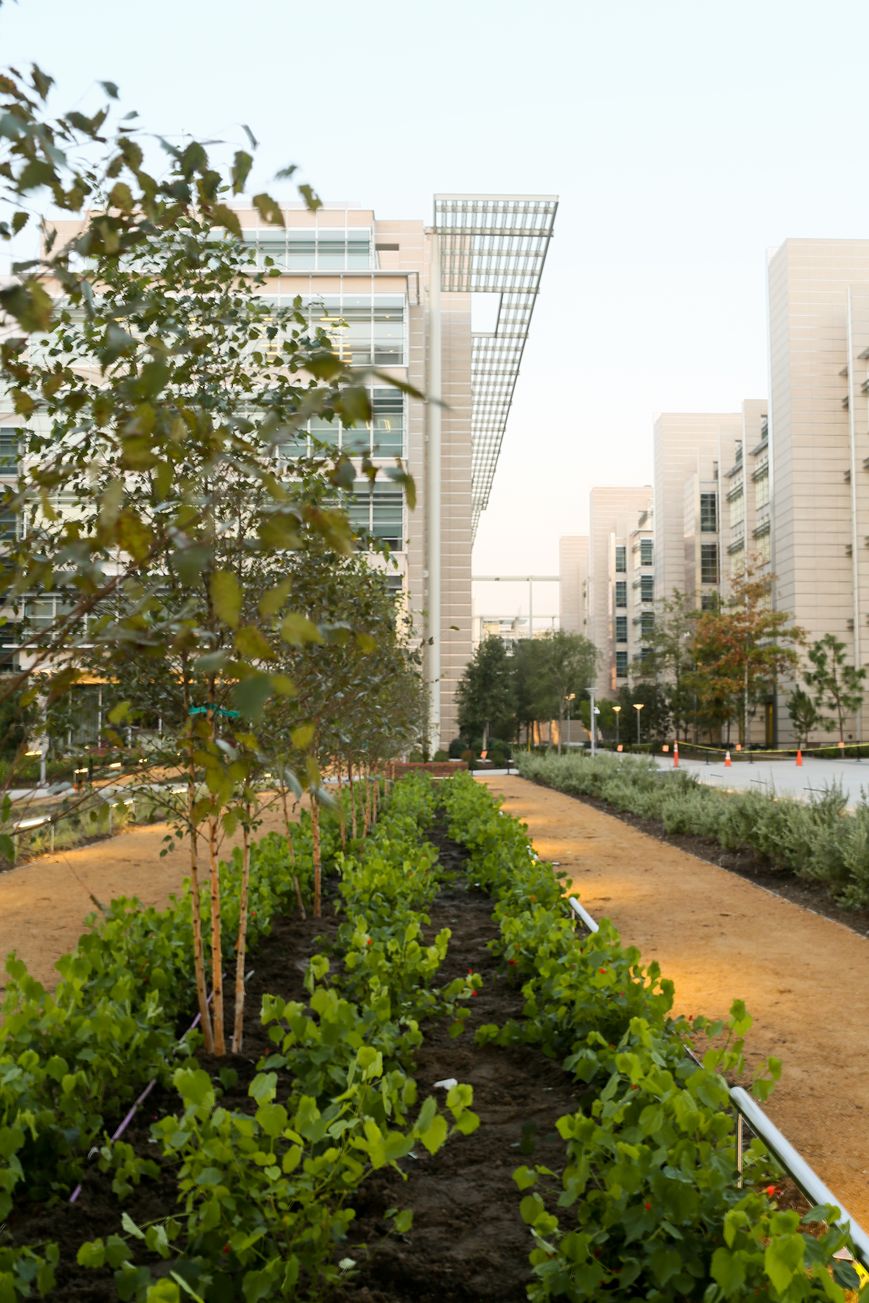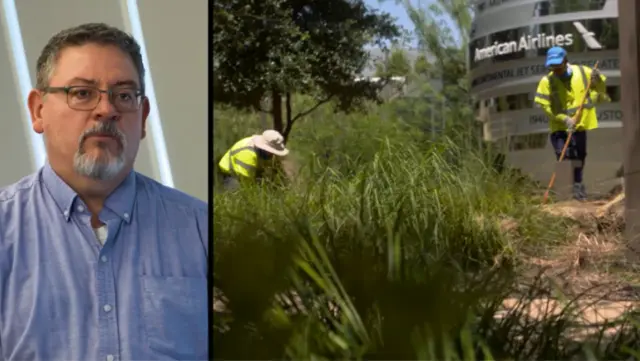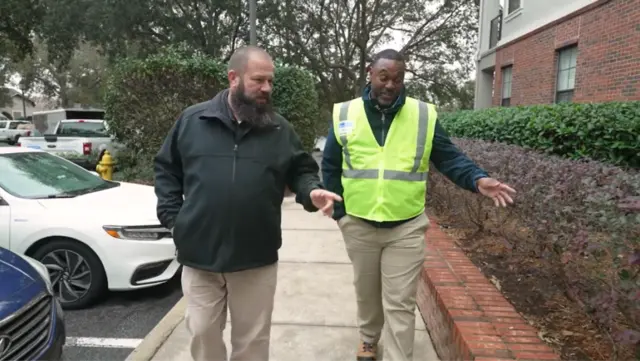
Avoid These 5 Landscape Hazards on Your Campus
You might be surprised to know your property is at risk

Beware. These landscape hazards hide in plain sight and chances are, you have at least one on your property.
Have no fear. We’re here to shed light on some of the most commonly overlooked dangers lurking in the landscapes of commercial campuses and how to fix them.
- Weak or dead branches or trees: This is especially a risk for old trees with hefty branches and trunks that could fall on a person, building, or car. Don’t neglect your trees, young or old. Routine tree care, including regular pruning and inspections, can ensure proper growth and guard against infestations or diseases that could harm or kill your trees. Be sure your tree care is conducted by an experienced tree care team under the supervision of a certified arborist as improper pruning can weaken your trees.
- Buckled hardscape: While mature trees are a tremendous asset, sometimes their roots wreak havoc on adjacent sidewalks, pavement, or hardscape. When you notice cracks or buckling, it’s important to address the underlying issue and repair the damage quickly, before someone gets hurt. Further, if you notice large, exposed roots elsewhere that could present a tripping hazard, be sure to have a certified arborist take a look.
- Poor visibility: This problem is two-fold. First, dark pathways and parking lots are always a recipe for disaster. It’s not only a fall risk, but also a traffic hazard. Adding lighting is the right answer, but that brings us to the second part of the problem: glare. Think carefully about where the light is placed. Ground-level or overhead is great, but never place it at eye-level.
- Poor irrigation system maintenance: There are many reasons your landscape partner should conduct regular irrigation inspections. Some ensure you’re not wasting water (and money). Others ensure you’re mitigating risk. To that end, during an inspection, your landscape partner will ensure sprinkler heads are in good working order, clearly visible, and don’t present a tripping hazard. They’ll also monitor for potential leaks, which could cause hazardous flooding, if undetected.
- Drainage issues: Poor drainage is an issue that will only get worse over time. Even if it’s not presently a slip hazard, it can lead to erosion issues or hardscape damage that will certainly become hazardous over time. If your property receives snow or ice in the colder months, it’s even more reason to address drainage issues swiftly. What might look like a harmless puddle can quickly become a slippery danger.



